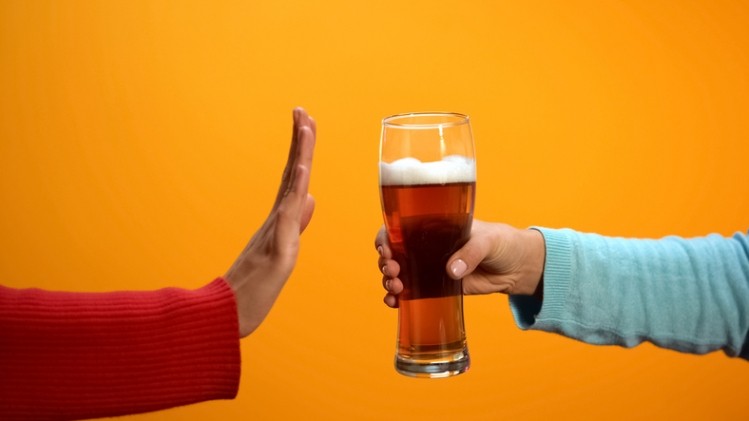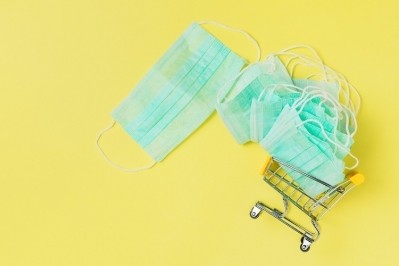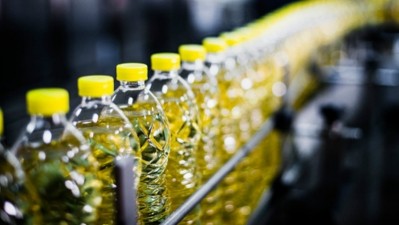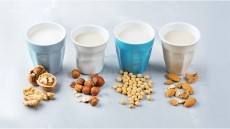Public health fears: Fraudsters using alcohol-based sanitisers to make illicit liquor in India

As alcohol supplies run dry across India during various states of lockdown, India has reported multiple incidents of people dying from drinking sanitisers with high alcohol content.
Alcohol fraud is a notorious issue in India even before Covid-19, with smuggling, refilling, counterfeiting, illicit artisanal alcohol and tax evasion rife.
Local media sources reported that almost one fraud case daily was reported within the last 30 days.
The Authentication Solution Providers’ Association (ASPA) in India said: “Even in normal scenario, alcohol products are among products which are under continuous threat of counterfeiting. During the COVID-19 lockdown, the problem has further aggravated due to gap of demand and supply.”
India reported a 10-fold increase in demand for hand sanitisers during the Covid-19 crisis, with the government prohibiting export of all alcohol-based hand sanitisers on March 24 to keep domestic supplies steady. This was then eased in May.
Although the rise in demand may be contributed by the pandemic, Nakul Pasricha, president at ASPA said it cannot rule out illicit manufacturers who were using it to make liquor.
Drinking nation
India is a fast-growing drinking country. According to IWSR Drinks Market Analysis, India is the world’s ninth-largest consumer of all alcohol by volume, and the second largest consumer of spirits behind China.
Published in The Lancet, alcohol consumption in India was found to increase 38%, from 4.3 litres in 2010 to 5.9 litres per adult per year in 2017.
For FY19 to 20, the Confederation of Indian Alcoholic Beverage Companies (India) estimates 340 million cases of distilled spirits, 333 million cases of beer, 300 million cases of country liquor and 2.7 million cases of wine were sold in the country.
According to Pasricha, the manufacture and sales of liquor are a major source of revenue with around 20% of a state’s total revenue coming from the trade.
Raise awareness
He told FoodNavigator-Asia that people involved in the illicit liquor business have been finding new ways to meet demand of alcohol during the lockdown, especially in rural areas.
Consumption of illicit alcohol in India is largely confined to consumers at the lower end of the socioeconomic scale. “These groups of people are more likely to be poor, less educated, and with more limited access to resources,” Pasricha said.
Arun Agarwal, vice president at ASPA said there was a need to increase consumer awareness about the dangers of illicit or counterfeit liquor, emphasising the health risks involved.
“Awareness campaigns must also consider the harmful drinking patterns that are associated with consumption of unrecorded alcohol.”
Estimates from the International Alliance for Responsible Drinking (IARD) reported that unrecorded alcohol makes up between 40 to 70% of total consumption in India.
“There is a need to improve ethanol regulation, traceability and enforcement to ensure that ethanol intended for the industrial, pharmaceutical, or other commercial purposes are not used in the production of alcoholic beverages,” added Agarwal.
Agarwal pointed out that authentication and traceability must be mandated in all liquor products.
According to Agarwal, government excise departments should upgrade their tax stamps with more advanced physical, digital and covert technologies.
He also observed the use of optical lenses, chemical based taggant and traceability integration were increasing. He said the combination of ‘phygital’, physical and digital authentication technologies for easy identification, transparency and traceability was key.






















